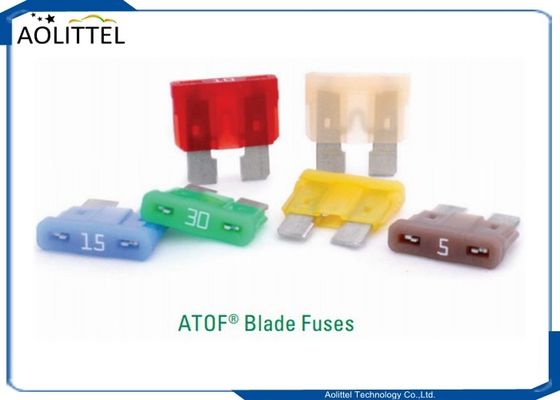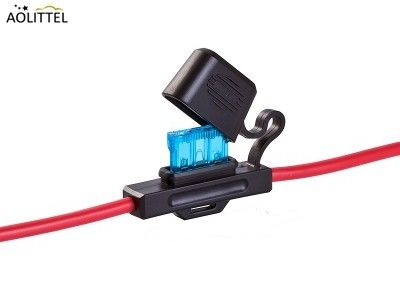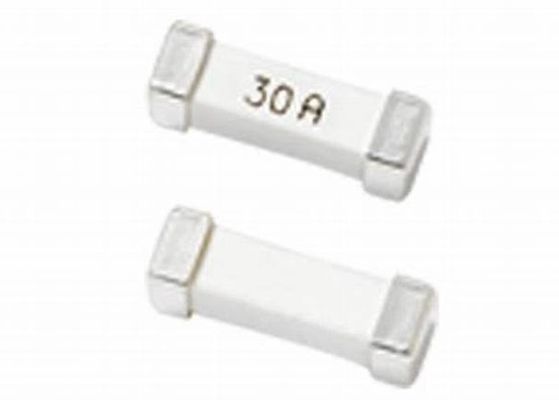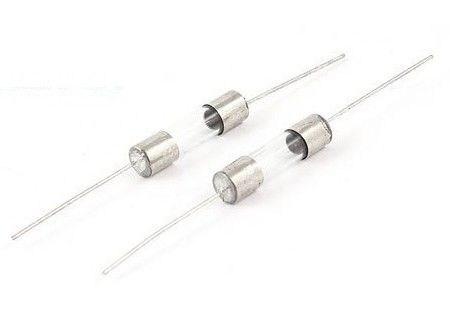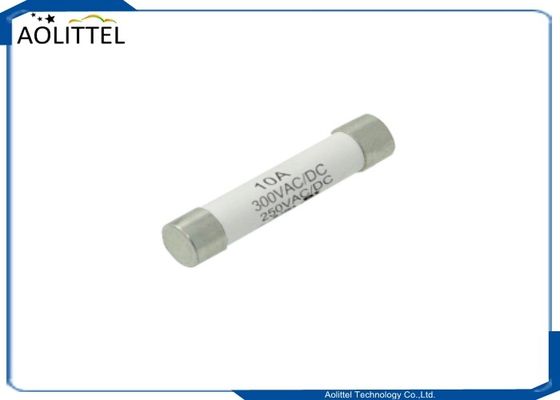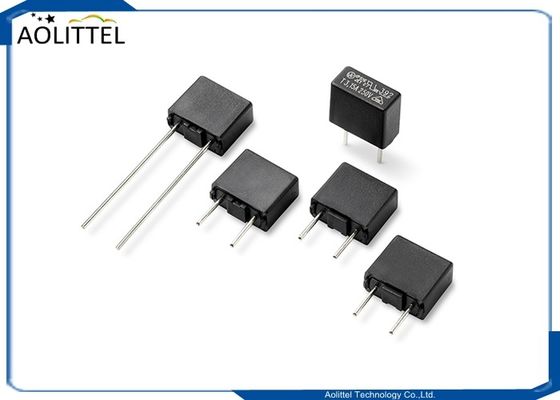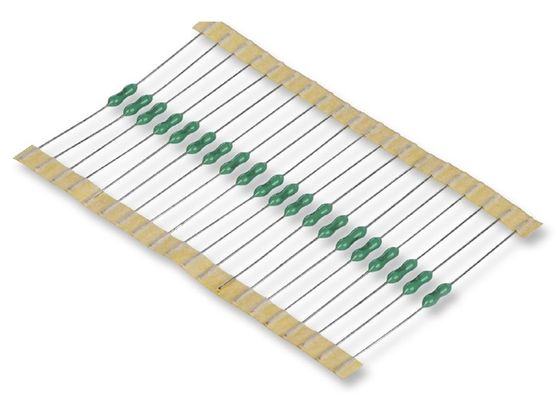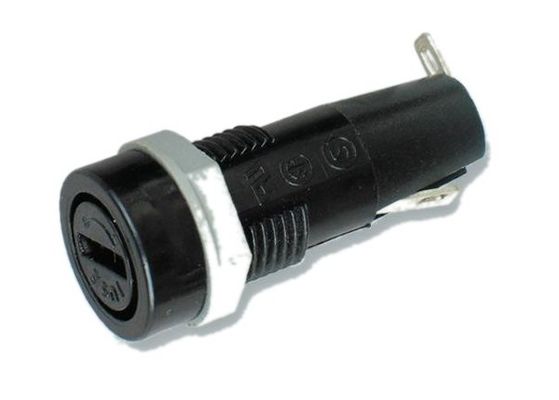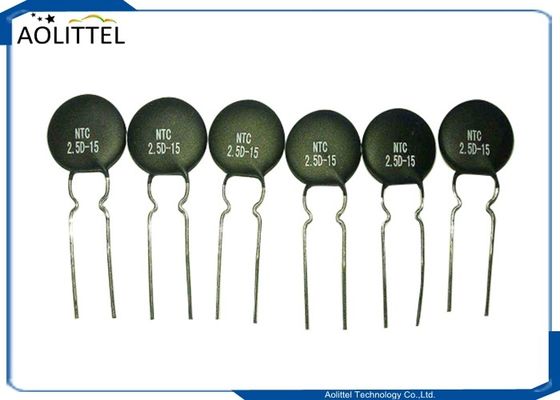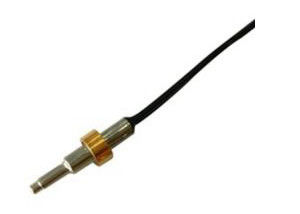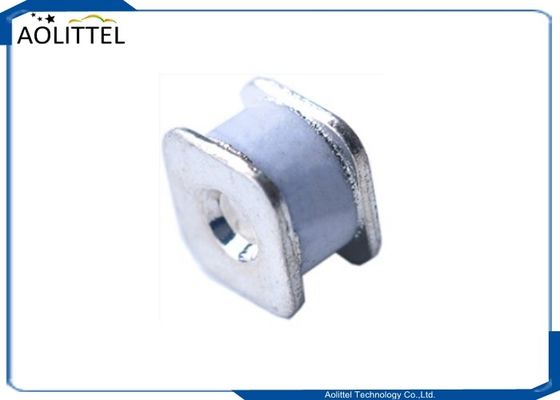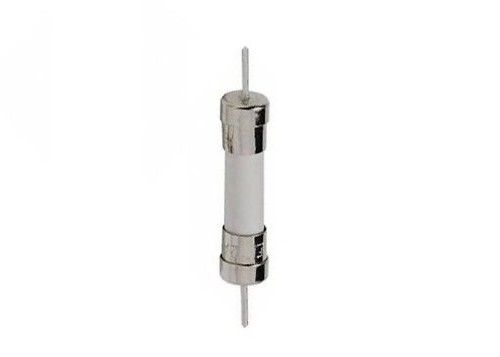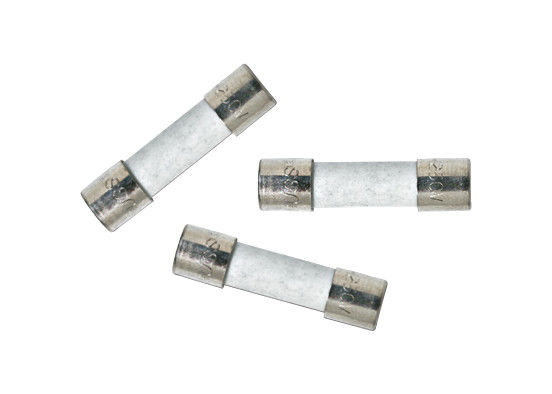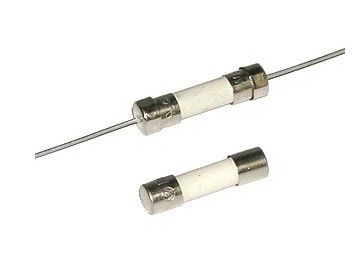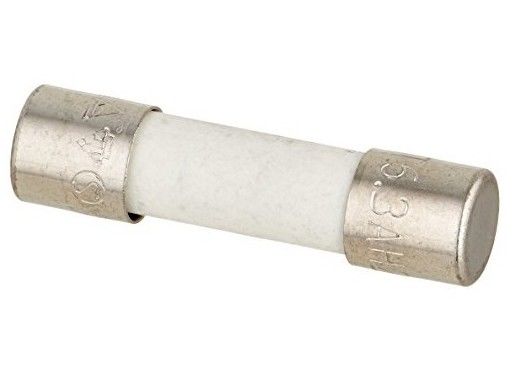High Breaking Capacity 5x20mm Ferrule Slow Blow Time Delay Ceramic Tube Fuse Link 4A 125VAC For White Goods
Description
5×20mm Time-Lag surge withstand ceramic body cartridge fuse designed to IEC specification,Standards:In accordance with IEC60127-1, IEC60127-3, GB9364.1, GB9364.3.
Product features
• Time-delay high breaking capacity
• 0.1 A to 30 A current ratings
• Ceramic tube, nickel plated brass end cap construction
• Halogen free, RoHS compliant, lead free
• Designed to International (IEC ) Standards for use globally
• High breaking capacity
• Meets the IEC 60127-2, Sheet 5 specification for Time-Lag fuses
Applications
Used as supplementary protection in appliance or utilization equipment to provide individual protection for components or internal circuits.
Primary circuit protection:
• LED and general lighting
• LED/LCD televisions
• Appliances and white goods
• Printers and peripherals
• Test equipment
• Power supplies
___________________________________________________________ Download________
Download________
Certifications
|
Voltage Rating
|
Agency
|
Ampere Range
|
Agency File Number
|
| 250V/125V AC |
UR |
200mA ~ 10A |
E340427(JDYX2) |
| C-UR |
200mA ~ 10A |
E340427( JDYX8) |
Specification
|
Part
No.
|
Ampere
Rating
|
Voltage
Rating
|
Max Voltage
Drop (mv)
|
I2TMelting
Integral(A2.S)
|
Agency Approvals
|
| UL |
cUL |
| BTC0100A |
100mA |
250V/125V |
7000 |
- |
○ |
○ |
| BTC0125A |
125mA |
250V/125V |
5000 |
- |
○ |
○ |
| BTC0160A |
160mA |
250V/125V |
4300 |
- |
○ |
○ |
| BTC0200A |
200mA |
250V/125V |
3500 |
- |
● |
● |
| BTC0250A |
250mA |
250V/125V |
2800 |
- |
● |
● |
| BTC0315A |
315mA |
250V/125V |
2500 |
- |
● |
● |
| BTC0400A |
400mA |
250V/125V |
2000 |
- |
● |
● |
| BTC0500A |
500mA |
250V/125V |
1800 |
0.2 |
● |
● |
| BTC0630A |
630mA |
250V/125V |
1500 |
0.3 |
● |
● |
| BTC0750A |
750mA |
250V/125V |
1400 |
0.3 |
● |
● |
| BTC0800A |
800mA |
250V/125V |
1200 |
0.4 |
● |
● |
| BTC1100A |
1A |
250V/125V |
1000 |
0.6 |
● |
● |
| BTC1125A |
1.25A |
250V/125V |
800 |
0.8 |
● |
● |
| BTC1150A |
1.5A |
250V/125V |
600 |
1.0 |
● |
● |
| BTC1160A |
1.6A |
250V/125V |
600 |
1.2 |
● |
● |
| BTC1200A |
2A |
250V/125V |
500 |
3.4 |
● |
● |
| BTC1250A |
2.5A |
250V/125V |
400 |
7.2 |
● |
● |
| BTC1300A |
3A |
250V/125V |
350 |
8.5 |
● |
● |
| BTC1315A |
3.15A |
250V/125V |
350 |
9.2 |
● |
● |
| BTC1350A |
3.5A |
250V/125V |
350 |
9.2 |
● |
● |
| BTC1400A |
4A |
250V/125V |
300 |
14 |
● |
● |
| BTC1500A |
5A |
250V/125V |
250 |
25 |
● |
● |
| BTC1600A |
6A |
250V/125V |
250 |
25 |
● |
● |
| BTC1630A |
6.3A |
250V/125V |
200 |
64 |
● |
● |
| BTC1700A |
7A |
250V/125V |
200 |
- |
● |
● |
| BTC1800A |
8A |
250V/125V |
200 |
- |
● |
● |
| BTC2100A |
10A |
250V/125V |
200 |
- |
● |
● |
| BTC2120A |
12A |
250V/125V |
- |
- |
○ |
○ |
| BTC2125A |
12.5A |
250V/125V |
- |
- |
○ |
○ |
| BTC2160A |
16A |
250V/125V |
- |
- |
○ |
○ |
| BTC2200A |
20A |
250V/125V |
- |
- |
○ |
○ |
| BTC2250A |
25A |
250V/125V |
- |
- |
○ |
○ |
| BTC2300A |
30A |
250V/125V |
- |
- |
○ |
○ |
Dimension (mm)
 |
Without lead |
 |
With lead |
|
NO.
|
Part Name
|
Material
|
| 1 |
Cap
|
Nickel Plated Brass
|
| 2 |
Body
|
Non-Transparent Ceramic Tube
|
| 3 |
Fuse element
|
Alloy
|
| 4 |
Filler
|
Silica
|
| 5 |
Lead wire
|
Tin Plated Copper
|
Operating Characteristics
|
% of Ampere Rating(In)
|
Blowing Time
|
| 100% * In |
4 hours Min |
| 200% * In |
60 sec Max |
Temperature Rerating Curve

Recommended Hand-Solder Parameters:
Solder Iron Temperature: 350° C +/- 5°C
Heating Time: 5 seconds max.
Note: These devices are not recommended for IR or Convection Reflow process.
Extra services
For the pigtailed fuse, please follow the recommendations below for axial lead forming and mounting into PCB:

Lead forming:
The distance C between cap flat surface and axial lead shall be greater than 1.0 mm.
PCB mounting:
The distance between PCB and fuse cap is recommended to be a minimum of 1.5 mm.


HOW TO IDENTIFY AND REPLACE A BLOWN FUSE
| Step 1: Disconnect Device |
In this step you will need to disconnect device that isn't working
It's not so hard you just need to disconnect plug that goes to main socket
I would also recommend to power off device first
NEVER OPEN DEVICE THAT IS STILL CONNECTED TO MAIN! |
| Step 2: Locating Fuse |
Fuses are usually at device input so look near power socket
When you pulling fuse out pull it gently so you wont damage fuse or some components |
| Step 3: Testing Fuse |
If you have glass fuse you can easily see if fuse is burned or not
For ceramic types you will need continuity checker/multimeter  mmeter
For continuity checker
Put fuse on black and red lead and if you hear beep than your fuse is ok, if theres no beep fuse is burned
For multimeter  mmeter
Set multimeter to ohm setting (closest to 1Ω) and put one lead on each end of the fuse and look at the display
If the meter shows a less than 1Ω then the fuse should be okay, if it show that theres no connection (on my multimeter is 1 on left side) then fuse is burned |
| Step 4: Buying New Fuse |
Check one cap on fuse,PCB or manual for fuse ratings
There should be written something like : T2A250V, F1A250V that's fuse rating
T is for slow blow fuse and F for fast blow fuse
2A or 1A is Amperage rating its usually just number and A
250V is Voltage rating its number and V
And then just measure the size of fuse
In small electrical device is usually 5x20mm
There are 5x20mm, 5x15mm, 6.3x32mm, 3.6x10mm, 5x25mm and 10x38mm |

 Your message must be between 20-3,000 characters!
Your message must be between 20-3,000 characters! Please check your E-mail!
Please check your E-mail!  Your message must be between 20-3,000 characters!
Your message must be between 20-3,000 characters! Please check your E-mail!
Please check your E-mail! 
